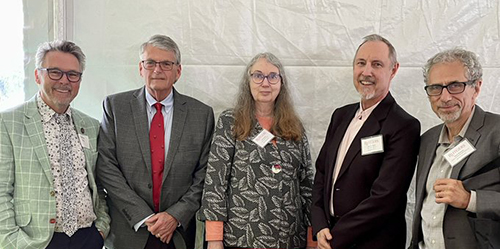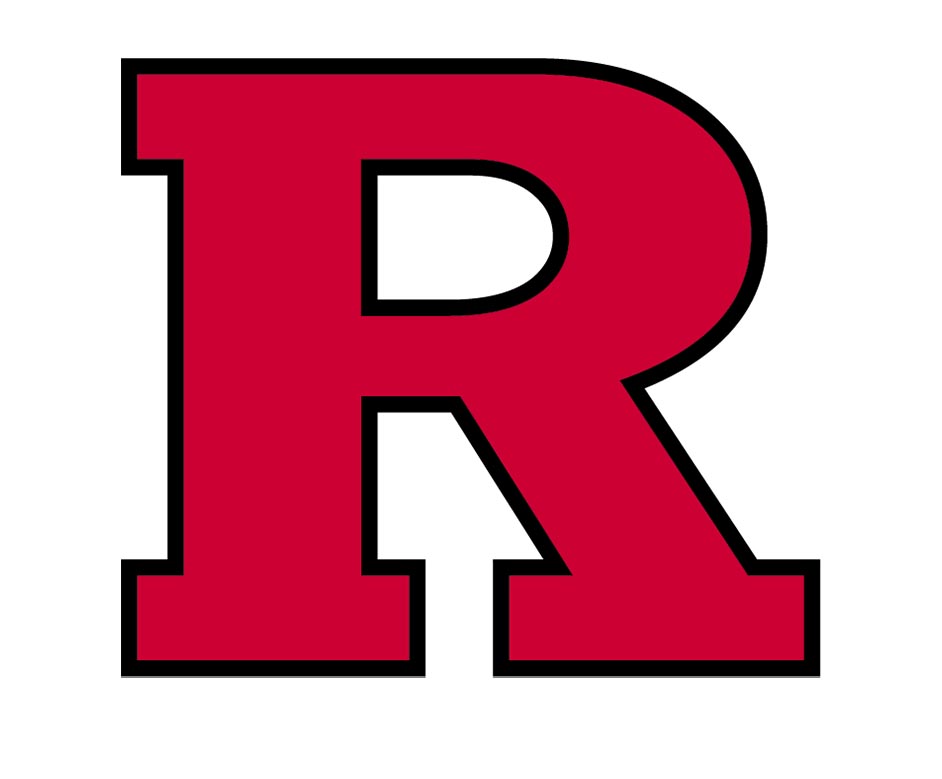Search
Displaying 991 - 1000 of 8766
Representing Rutgers University faculty celebrating career milestones, Distinguished Professor of Communication Brent Ruben spoke at an event held May 4 at President Jonathan Holloway’s house in Piscataway.

Effective July 1, 2022, SC&I’s former Associate Dean for Programs Dafna Lemish will serve as Interim Dean of the School of Communication and Information.

At a Rutgers University celebration marking faculty milestones, SC&I faculty members Marc Aronson, John Pavlik, Brent Ruben, and Lea Stewart were recognized for their years of dedicated service to the university.

As Jonathan Potter prepares to transition from dean of the School of Communication and Information to a faculty position on June 30, 2022, SC&I spoke with him about his thoughts on leadership, the qualities he believes are required to create a creative and thriving environment at SC&I, the lessons he learned steering the school through the COVID-19 pandemic, and what he likes the most about New Jersey.

Lillie, H., Chernichky-Karcher, S., & Venetis, M. K. (2021). Dyadic coping and discrete emotions during COVID-19: Connecting the communication theory of resilience with relational uncertainty. Journal of Social and Personal Relationships, 38(6), 1844-1868.

Friley, L. B., & Venetis, M. K. (2022). Decision-making criteria when contemplating disclosure of transgender identity to medical providers. Health Communication, 37(8) 1031-1040.

Several SC&I faculty members participated in the 3rd annual Cancer Health Equity Center of Excellence conference held virtually on June 27-28, 2022.

“CSR is truly what’s needed in today’s businesses and society.”

